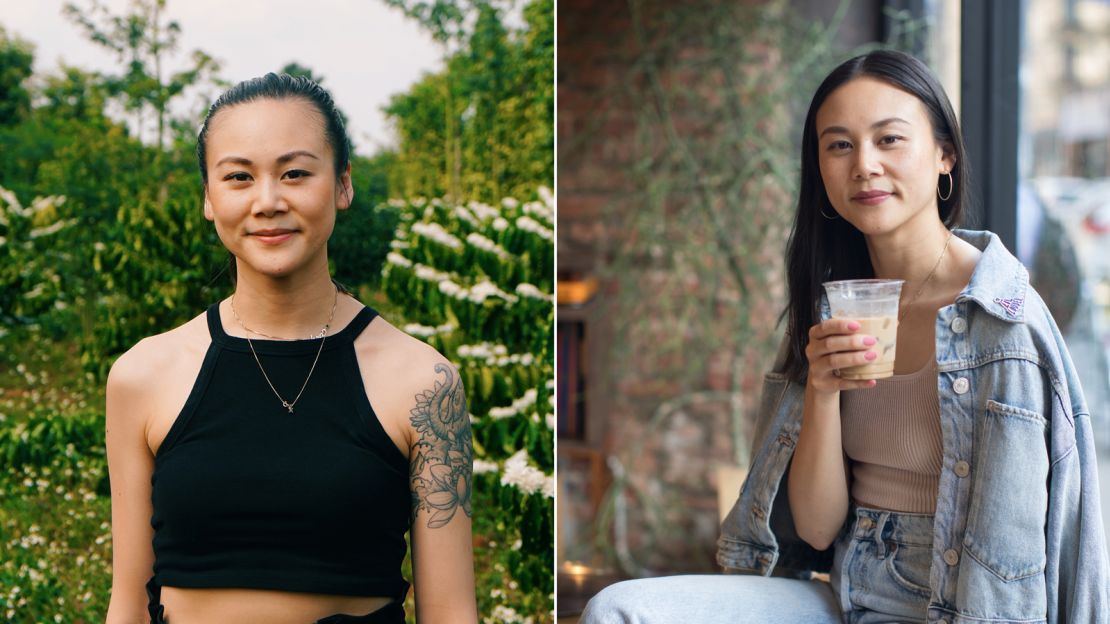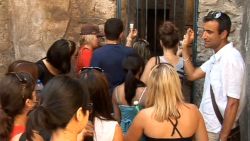Editor’s Note: CNN Travel’s series often carries sponsorship originating from the countries and regions we profile. However, CNN retains full editorial control over all of its reports. Read the policy.
Rob Atthill says he was “smitten” by Vietnamese coffee the first time he visited the Southeast Asian nation, in 2004.
A pioneer of the Vietnamese street food scene in London, Atthill started importing coffee – grown by farmers in the country’s Central Highlands and roasted in Ho Chi Minh City – two years later. He says coffee sales, through his company Ca Phe VN, have tripled in the last five years.
Vietnam is the world’s second largest exporter of coffee (after Brazil).

The International Coffee Organization reports that Vietnam exports around 25 million, 60 kilogram (132 pound) bags of coffee a year, valued, on average, at $3 billion.
The drink is also extremely popular at home, where it was first introduced by French colonists in the 1850s.
For the Vietnamese, coffee provides much more than just a shot of energy – it’s a way of life. Coffee outlets range from hole-in-the-wall counters with plastic stools on the sidewalk, to sleek, contemporary cafes with roasters on the premises.
“It’s about getting together with friends,” says Will Frith, a coffee consultant who owns a co-roasting enterprise in Ho Chi Minh City. He says coffee drinkers tend to gather in their favorite coffee shops, which operate as “a third space,” outside the home and workplace, and often form friendships with the owners and staff. Additionally, “nearly every Vietnamese household makes coffee at home,” he says.

But despite the size of its export sales, and its vibrant local coffee culture, Vietnam has not gained a reputation as a source of quality coffee. And that’s because of the beans.
The majority of Vietnam’s coffee beans – around 97% – are the robusta variety.
Known for their bold, earthy, bitter flavor, and high caffeine content, robusta beans are typically used to make cheap, mass-market products, including instant coffee and supermarket blends.
Bulk business has given them a bad reputation in the high-end, specialty coffee market. Coffee connoisseurs usually opt for arabica beans, which have less caffeine, higher acidity, and a lighter, sweeter flavor.
Atthill says this attitude is outdated: “There’s a lot of snobbery against robusta in the coffee industry … but there’s no inferiority. Arabica is not inherently better.”
What matters, Atthill says, is the quality of the beans.
“There’s high quality robusta and poor quality arabica.”
Ca Phe VN’s house blend, which Atthill describes as “nutty, chocolatey, strong but approachable” accounts for 90% of his sales. The blend combines 85% robusta beans, which provide body and flavor, with a dash of arabica, which adds acidity, complexity and aroma, he says.
Sahra Nguyen launched Nguyen Coffee Supply in Brooklyn, New York, in 2018. She buys coffee beans from a family-run farm in Vietnam’s Central Highlands and roasts them herself.
Like Atthill, Nguyen wants to transform the reputation of the unfairly maligned robusta bean. She recently added Grit – a 100% robusta product – to her range, and has conducted blind taste tests in which customers sample Grit alongside two of her other coffees: Loyalty – made from 50% robusta and 50% arabica beans; and Courage, which is 100% arabica.

Overall, more than three quarters of testers preferred Grit. The response “blew me away,” says Nguyen.
Vietnamese coffee has also returned to its roots in France. Husband-and-wife team, Nam and Linh Nguyen, opened Hanoi Corner in central Paris two years ago. Along with coffee, the café offers Vietnamese tea, cakes and streetfood staples.
Vietnam has “a unique coffee culture” says Nam Nguyen, an award-winning barista. “We wanted to introduce it in France … where nobody knows it,” he says.
At the same time, specialty coffee is gaining influence back home.
Frith says a new generation of Vietnamese coffee roasters and cafe entrepreneurs are focusing on quality – paying attention to terroir, discussing cultivation methods with farmers and adopting best practices when it comes to processing techniques.
In the last few years, a trend towards sophisticated interior design has added to the buzz, especially in Ho Chi Minh City, where he lives.
“Coffee shops here are becoming as diverse and fancy as anything you’d find in London or New York,” he says.
What’s on the menu?
In Vietnam, you can have a lot more added to your coffee besides milk and sugar. Here are some of the popular concoctions on offer:

Salt coffee cà phê muối
This culinary trick, developed in the historic city of Hue, brings out the sweetness of coffee by adding salt whipped with fermented milk.
Egg coffee cà phê trứng
Invented in Hanoi, this dessert-like recipe adds a topping of egg yolks, frothed with condensed milk, to a coffee base.
Coconut coffee cà phê cốt dừa
Coffee is blended with coconut milk and ice to create a delicious shake.
Fruit coffee sinh tố cà phê
Coffee is combined with banana or avocado to produce a smoothie – get your fix of caffeine and vitamins in one tall glass.
Yoghurt coffee sữa chua cà phê
Black coffee is drizzled onto Vietnam’s creamy yoghurt – another French legacy.













